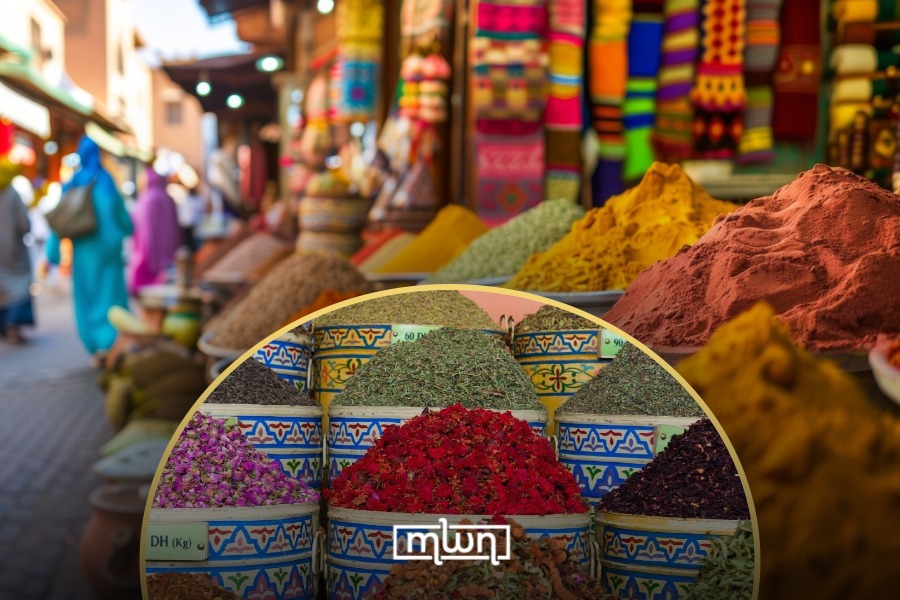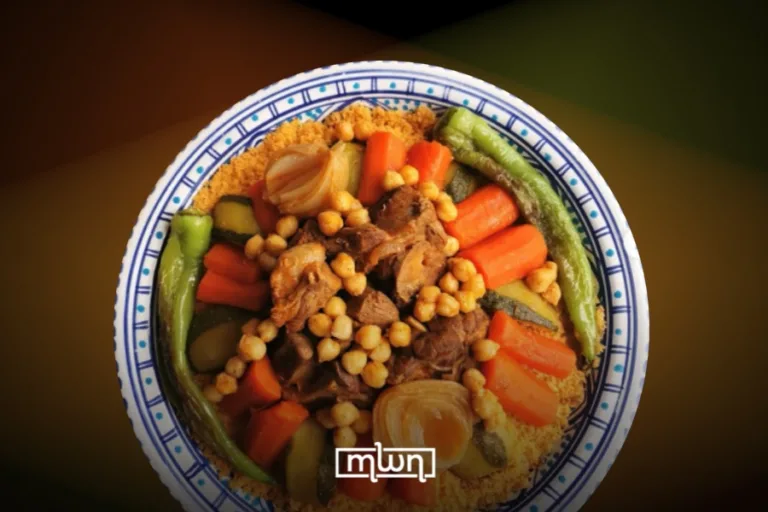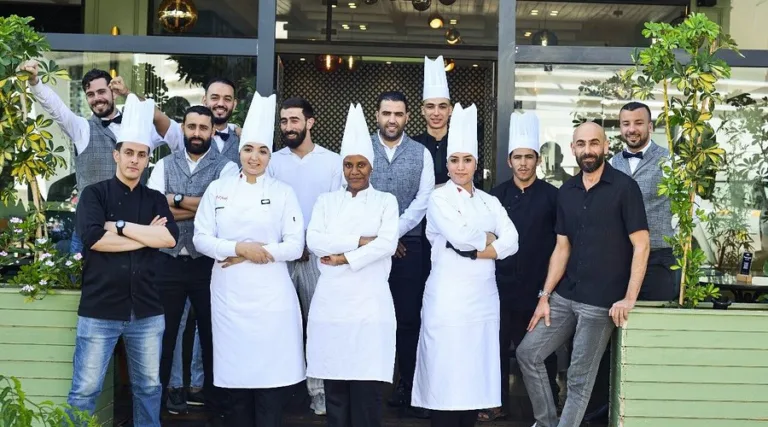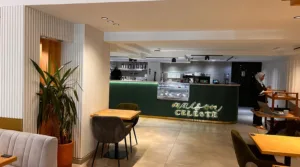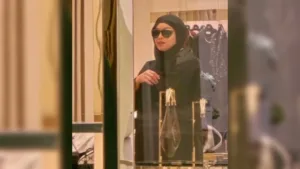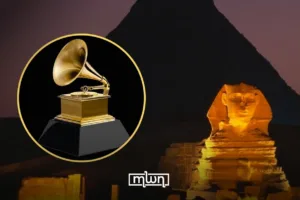Before gold and coins ruled trade, Morocco’s wealth flowed through something far more fragrant: spices that carried the power to heal, flavor, and buy fortunes.
Fez – Long before paper money and coins ruled the world, spices were a form of currency.
In Morocco, they were more than just kitchen ingredients, they were power, status, and wealth.
From the souks of Fez and Marrakech to the great caravans crossing the Sahara, spices shaped Morocco’s economy and culture.
The spice routes that made Morocco rich
Morocco was at the heart of the spice trade. Traders from the East, Africa, and Europe passed through its cities, bringing exotic goods.
The famous Trans-Saharan trade routes connected Morocco to the great markets of Timbuktu, Egypt, and beyond.
Camels carried sacks of pepper, saffron, cinnamon, and cloves across the desert, alongside gold and salt.
In return, Moroccan traders supplied fine textiles, leather, and metals.
These spices weren’t just for cooking. They were used as medicine, perfume, and even payment.
A small pouch of saffron could buy a fine horse. A handful of peppercorns could settle a debt.
For Moroccan merchants, spices were as valuable as gold.
Why spices were so valuable
Spices were rare and difficult to transport. Growing them required the perfect climate, and many came from distant lands like India, Indonesia, and Persia.
The journey was dangerous, traders faced bandits, harsh deserts, and long sea voyages.
The harder it was to get a spice, the more expensive it became.
Morocco’s location gave it a special advantage. It was a gateway between Africa, Europe, and the Middle East.
The Portuguese, Spanish, and Ottoman empires all wanted control over Morocco’s spice trade.
The great Moroccan sultans understood this and built strong trade networks, making sure their merchants stayed ahead of the competition.
The spice that ruled them all
Of all the spices, saffron was the most valuable. Known as “red gold,” it was grown in small amounts in Morocco.
Farmers picked the delicate threads by hand, making it one of the most expensive spices in the world.
Moroccan saffron was famous for its rich color and strong aroma. It was used in food, medicine, and even as an offering to royalty.
Though spices are no longer currency, they still hold power. Moroccan cuisine relies on them to create deep, rich flavors.
The famous “ras el hanout,” a blend of over 30 spices, is a symbol of Morocco’s long trading history.
Every spoonful carries the legacy of the merchants, the caravans, and the markets that once made Morocco a spice empire.
Read also: The Magic of Indian Food

